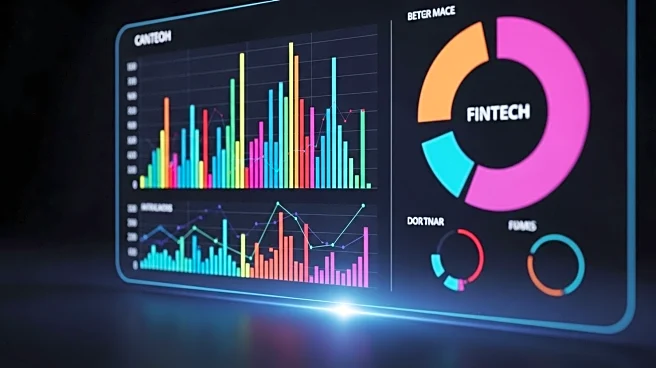What is the story about?
What's Happening?
AI-powered debt negotiation tools are emerging as a new option for individuals struggling with credit card debt, which has reached over $1.21 trillion nationwide. These tools promise to negotiate directly with creditors to settle debt for less than what's owed, offering a potentially lower-cost alternative to traditional debt relief companies. AI platforms can automate tasks such as scanning accounts, identifying pressing balances, and proposing repayment strategies. They operate around the clock, providing speed and convenience, and often charge lower fees than traditional debt settlement firms. However, these tools may struggle with complex debt situations and lack the human expertise and legal protections offered by established debt relief companies.
Why It's Important?
The introduction of AI debt negotiation tools represents a significant development in personal finance technology, potentially offering more accessible and affordable debt relief options. For individuals with straightforward debt situations, these tools could provide an effective first step in managing credit card debt. However, the lack of regulatory oversight and potential for errors or scams poses risks. The choice between AI tools and traditional debt relief companies could have lasting impacts on individuals' credit scores and financial futures, making it crucial to weigh the benefits and drawbacks carefully.
What's Next?
As AI debt negotiation tools continue to evolve, there may be increased scrutiny and calls for regulatory oversight to ensure consumer protection. The financial technology sector may see further innovations aimed at improving the effectiveness and reliability of these tools. Consumers will need to stay informed about their options and consider the potential risks and benefits of using AI for debt negotiation.
AI Generated Content
Do you find this article useful?














